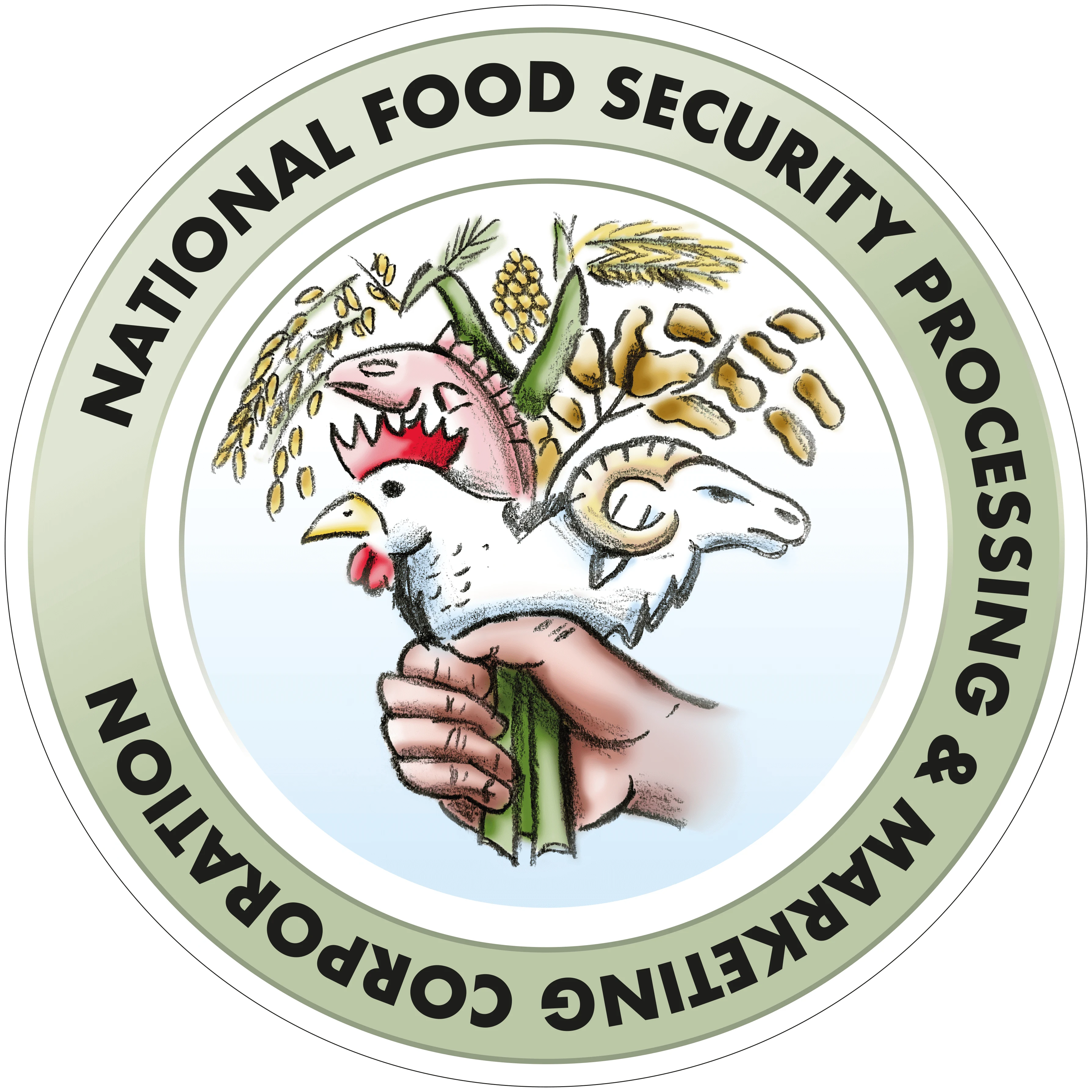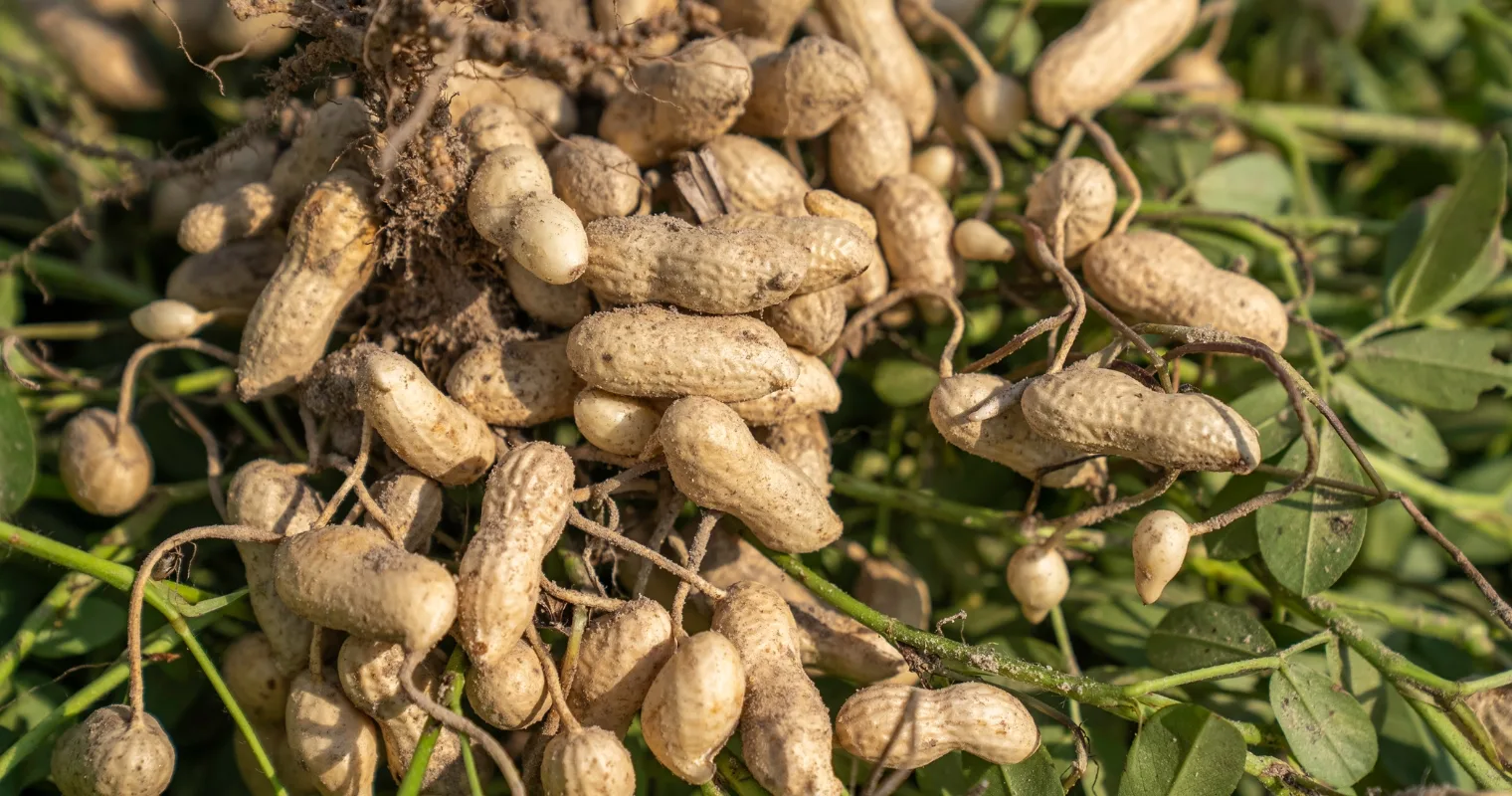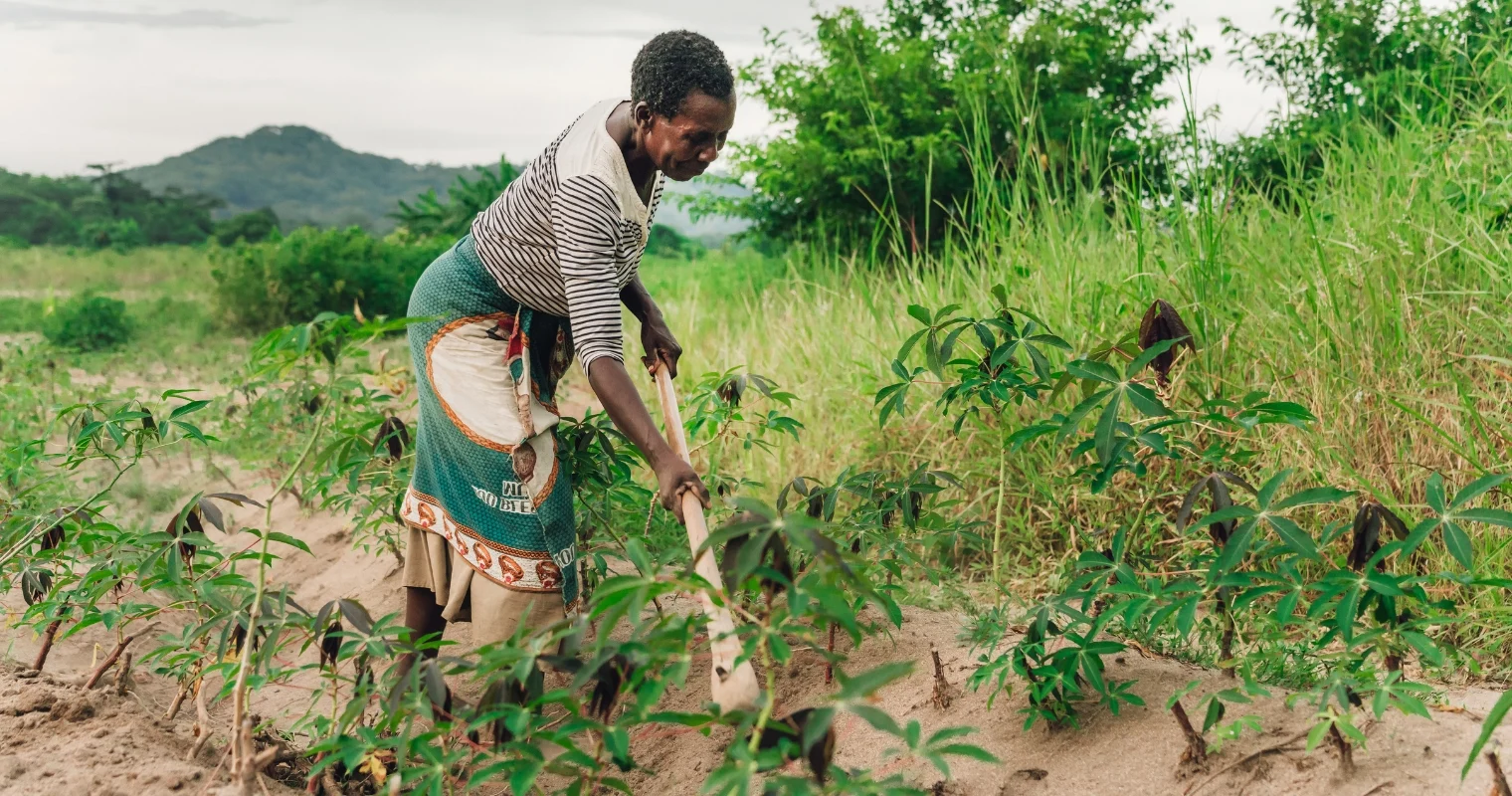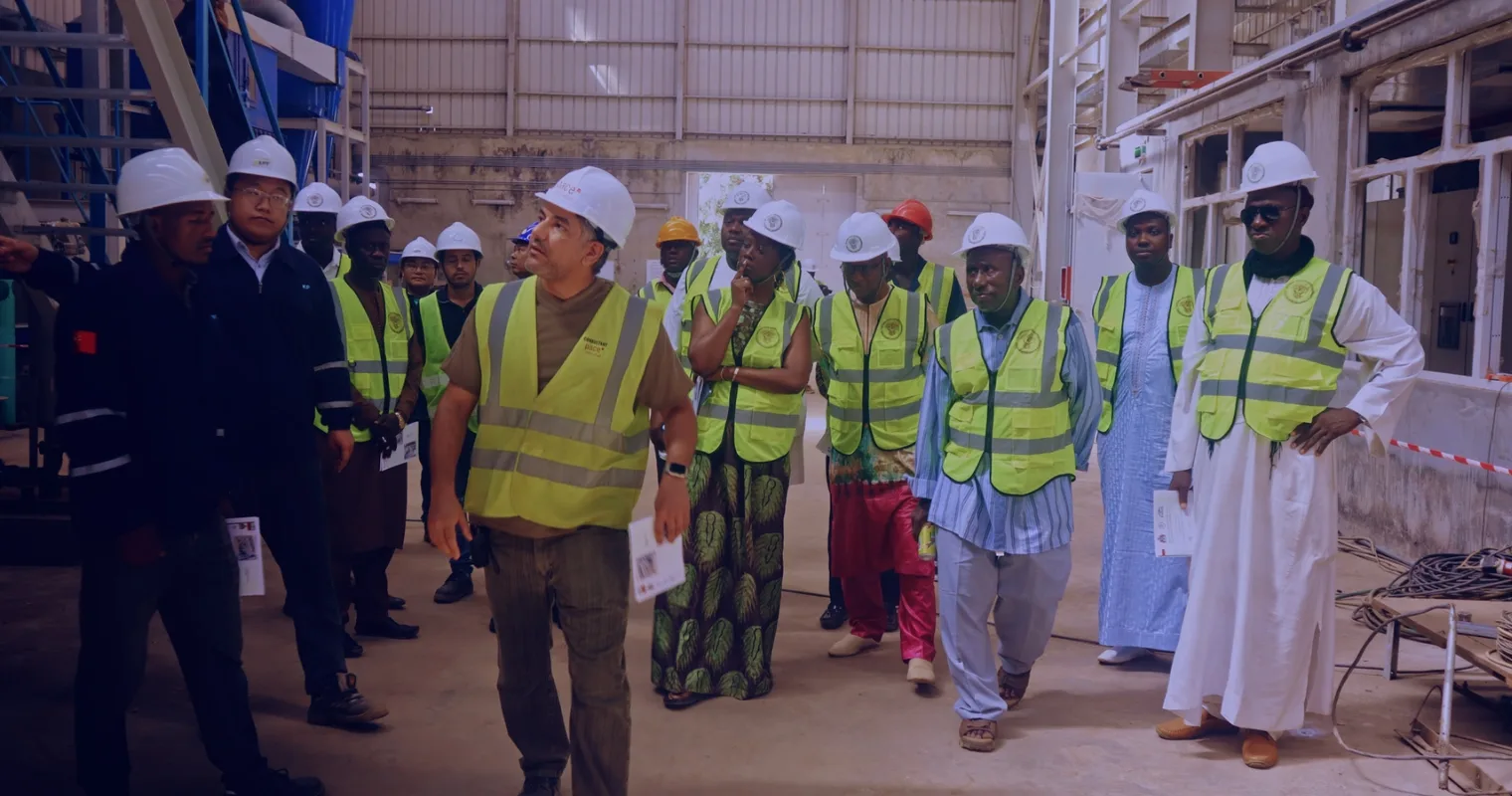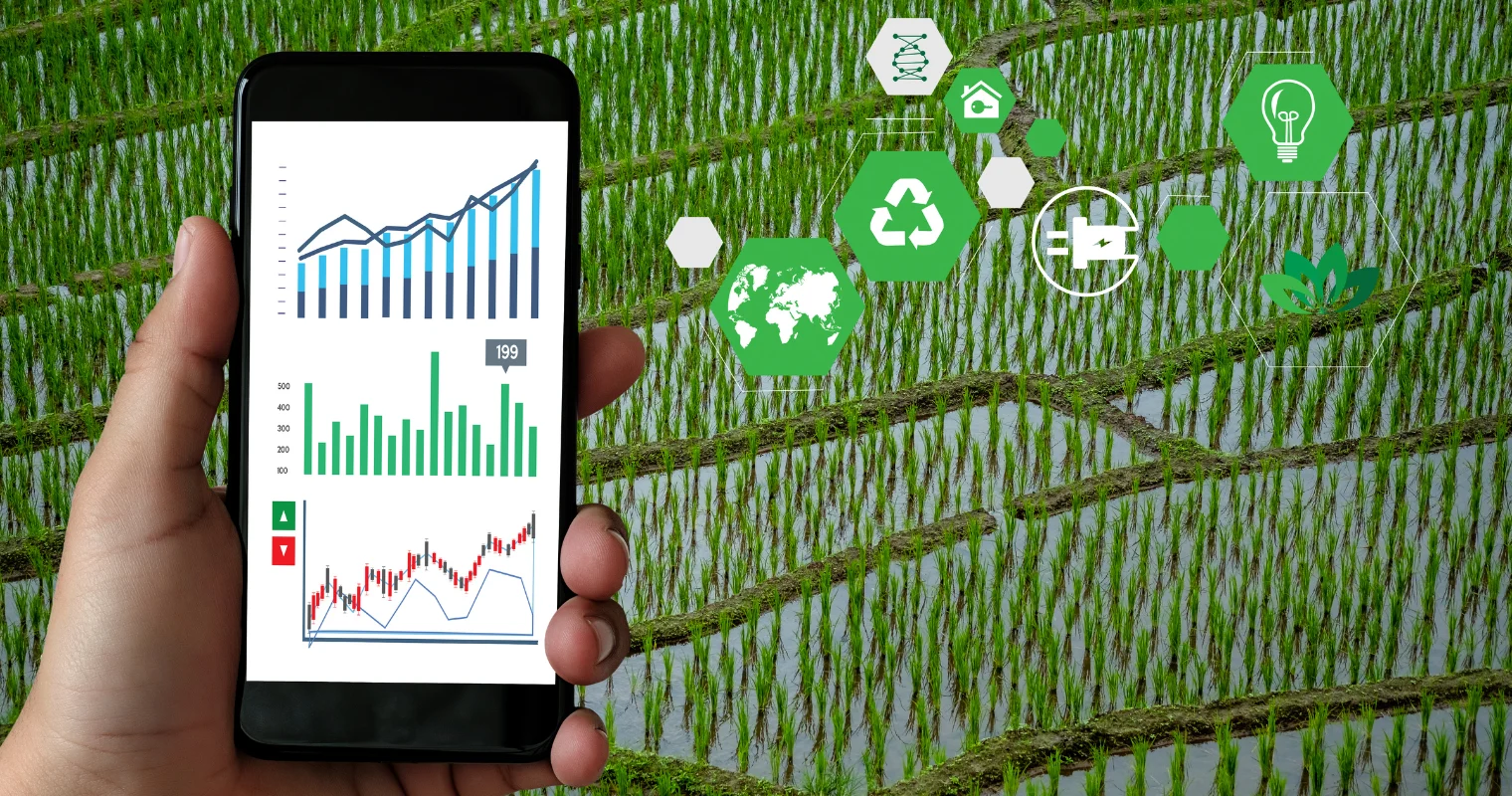
How Technology is Revolutionizing Agriculture in The Gambia
Technology is transforming the agricultural landscape in The Gambia, offering innovative solutions to enhance productivity, efficiency, and sustainability. From precision farming to digital tools, technological advancements are revolutionizing the way farmers cultivate crops and manage resources. In a country where agriculture is a vital economic sector, embracing technology is crucial for addressing challenges and promoting long-term growth.
Precision Farming: The Future of Agriculture
Precision farming is one of the most significant technological advancements in agriculture. It involves using data and technology to optimize crop management and enhance productivity. In The Gambia, precision farming practices, such as GPS-guided tractors, drone surveillance, and soil sensors, are gaining traction.
GPS-guided tractors, for example, enable farmers to plant crops with precision, reducing overlaps and gaps, and optimizing input use. Drone surveillance provides real-time data on crop health, helping farmers to identify issues early and take corrective action. Soil sensors, on the other hand, monitor soil moisture and nutrient levels, enabling farmers to make data-driven decisions on irrigation and fertilizer application. These technologies not only enhance productivity but also promote sustainable agriculture by optimizing resource use.
Digital Tools for Smart Farming
Digital tools are another critical component of technological advancements in agriculture. Mobile applications, online platforms, and digital databases provide farmers with access to real-time information, market trends, and weather forecasts. These tools enable farmers to make informed decisions, access markets more efficiently, and enhance their overall productivity.
For instance, mobile applications can provide farmers with information on pest and disease management, helping them to protect their crops and enhance yields. Online platforms can connect farmers with buyers, reducing market inefficiencies and enhancing profitability. Digital databases can store and analyze data on crop performance, helping farmers to make data-driven decisions and improve their operations.
Artificial Intelligence in Agriculture
Artificial intelligence (AI) and machine learning are emerging technologies with significant potential in agriculture. AI-powered tools can analyze vast amounts of data to provide insights into crop management, pest control, and resource optimization. In The Gambia, AI is being used to develop predictive models for crop yields, pest outbreaks, and climate-related risks.
These models help farmers in making proactive decisions and enhancing the resilience of their operations. For example, AI can analyze historical data on pest outbreaks to predict future occurrences, enabling farmers to take preventive measures and protect their crops. AI can also optimize resource use by analyzing data on soil health, weather patterns, and crop performance, helping farmers to make informed decisions on input application.
The Internet of Things (IoT) in Agriculture
The Internet of Things (IoT) is another emerging technology that is revolutionizing agriculture. IoT involves the use of sensors and devices that collect and transmit data in real-time, enabling farmers to monitor and manage their operations remotely. In The Gambia, IoT is being used to enhance the efficiency and sustainability of agricultural practices.
For instance, IoT sensors can monitor soil moisture levels, temperature, and humidity, providing farmers with real-time data on crop performance. This data enables farmers to make informed decisions on irrigation, fertilizer application, and pest management, enhancing productivity and resource efficiency. IoT also facilitates the automation of agricultural processes, such as irrigation and harvesting, reducing labor requirements and enhancing efficiency.
Challenges and Solutions
Despite the potential of technology in agriculture, its adoption faces several challenges. Limited access to infrastructure, lack of awareness, and inadequate training are some of the barriers that hinder the widespread adoption of technological advancements in The Gambia. However, various initiatives are underway to address these challenges and promote the use of technology in agriculture.
Government agencies, non-governmental organizations, and the private sector are collaborating to provide farmers with the necessary resources, training, and support to adopt technological advancements. These initiatives aim to enhance the productivity, efficiency, and sustainability of agricultural practices in The Gambia.
Future Outlook
The future of agriculture in The Gambia lies in the adoption of technological advancements. By embracing precision farming, digital tools, AI, and IoT, farmers can enhance the productivity, efficiency, and sustainability of their operations. However, the transition to technology-driven agriculture requires support from various stakeholders, including government agencies, non-governmental organizations, and the private sector.
Through collaborative efforts and continued innovation, The Gambia can achieve a technologically advanced and resilient agricultural sector. The adoption of technological advancements not only promotes environmental conservation but also enhances the economic viability and social well-being of farming communities.
